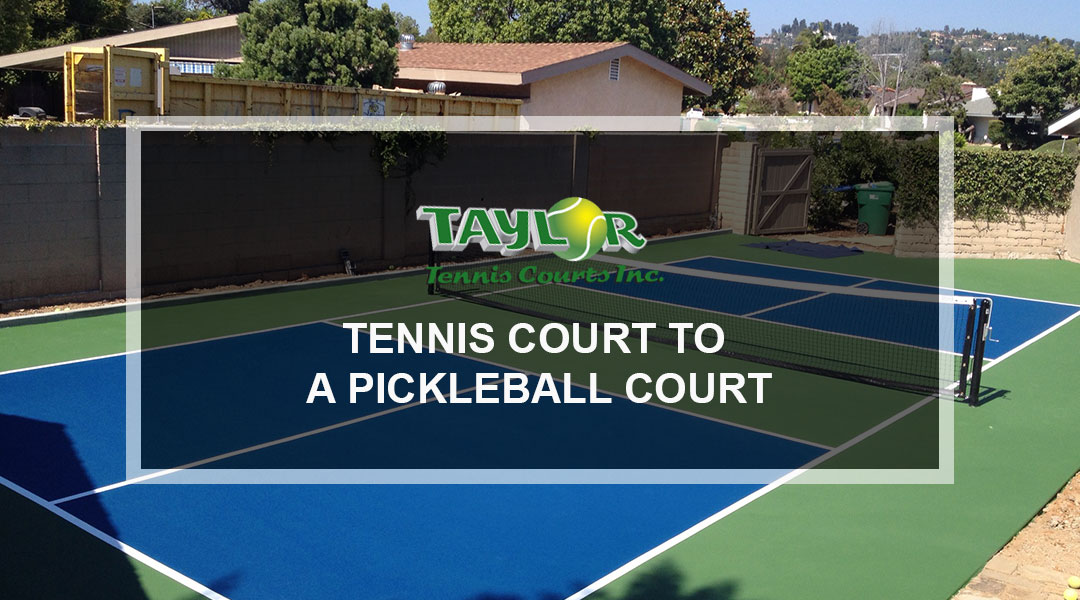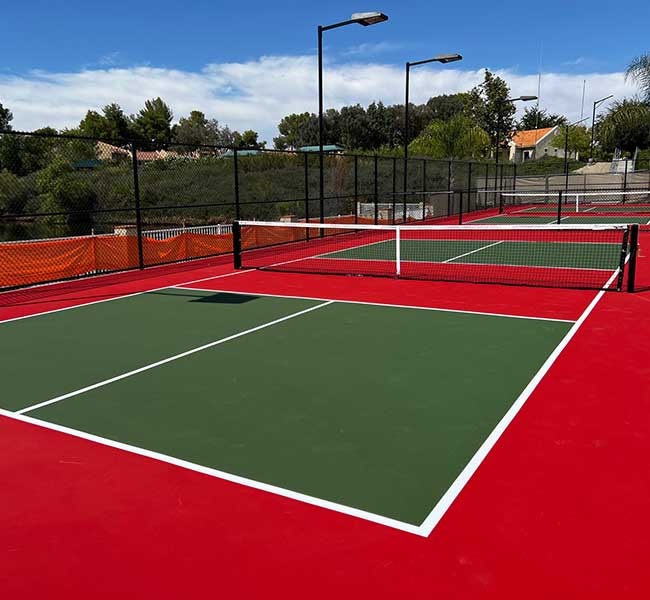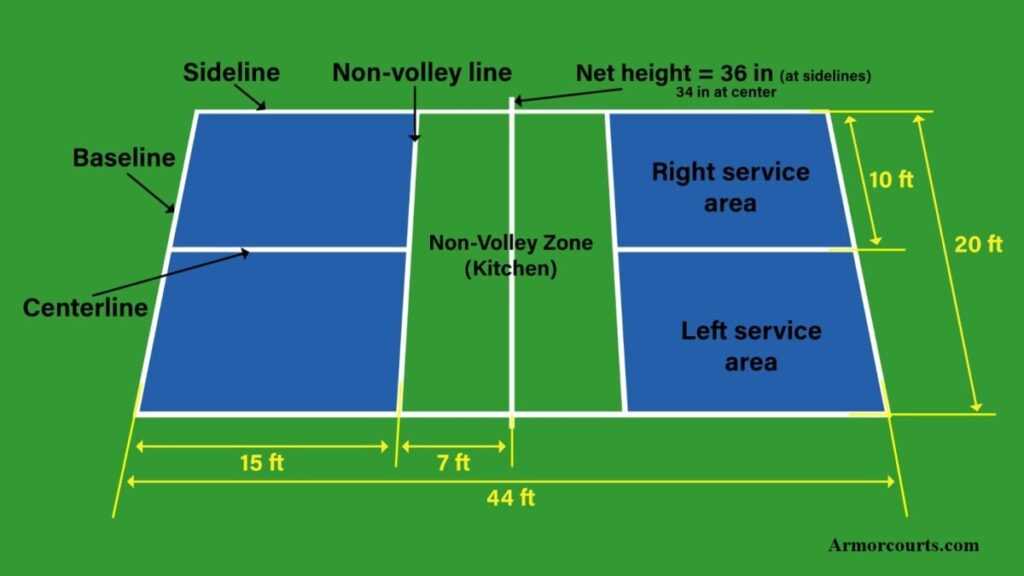Personalized Pickleball Court Construction for Residential and Commercial Spaces
Personalized Pickleball Court Construction for Residential and Commercial Spaces
Blog Article
Sustainable Practices in Pickleball Court Building You Must Know
As the appeal of pickleball continues to increase, so also does the requirement for lasting methods in court building and construction. The impact of these techniques prolongs far beyond the court itself.
Picking Eco-Friendly Materials
Choosing environmentally friendly products is a crucial action in the construction of sustainable pickleball courts. The option of sustainable products not just lessens ecological impact however additionally boosts the longevity and efficiency of the court. Secret products consist of recycled rubber for the surface area, which provides exceptional sturdiness and shock absorption while drawing away waste from land fills.
Additionally, making use of in your area sourced materials decreases transportation discharges and supports regional economies. Pickleball court construction. Using indigenous hardwoods for secure fencing and seating can supply a sustainable aesthetic while ensuring resilience versus the aspects.
Including permeable products for court foundations can additionally add to sustainability by enabling all-natural water drainage and lowering drainage. These choices not only protect regional ecosystems however also promote much healthier play environments.
Effective Water Drainage Solutions
While the choice of environmentally friendly products is crucial, executing reliable drainage remedies is similarly essential for preserving sustainable pickleball courts. Appropriate drainage not only protects the court surface from water damages but additionally reduces erosion and overflow, promoting ecological honesty.
Reliable water drainage systems can include permeable paving, which allows water to penetrate the ground instead than merging externally. This decreases the probability of standing water, which can result in mold and mildew and various other maintenance problems. Additionally, incorporating tactically put drain networks and swales can route excess water away from the court location, ensuring a dry playing surface area and preventing soil erosion.
Making use of native plants in the landscape design around the courts can better enhance drainage by taking in excess water and minimizing drainage. These plants need much less watering and promote biodiversity, aligning with lasting methods.
In addition, it is vital to regularly keep the drainage system to guarantee its long-lasting effectiveness. This includes clearing debris and surveillance for clogs. By prioritizing efficient drain solutions, pickleball court builders can considerably contribute to the sustainability and durability of the center, inevitably benefiting both players and the atmosphere.
Energy-Efficient Illumination Options
As the demand for pickleball continues to grow, integrating energy-efficient lighting choices right into court layout has actually ended up being significantly important for sustainability. Standard lighting systems commonly consume extreme energy, adding to greater operational expenses and ecological impact. As a result, embracing contemporary, energy-efficient technologies is vital for both brand-new building and constructions and remodellings.
LED (Light Emitting Diode) lighting stands out as a top selection due to its longevity and power cost savings (Pickleball court construction). Compared to standard illumination, LEDs utilize around 75% less energy and have a peek at this site can last approximately 25 times much longer, significantly decreasing maintenance prices. The directional nature of LED illumination minimizes light air pollution, ensuring that illumination is focused on the court rather than surrounding locations.

Lasting Surface Alternatives
Discovering lasting surface area choices for pickleball courts has gotten grip among home builders and gamers alike. The emphasis on environment-friendly products not only lines up with the growing environmental understanding yet also enhances the performance and sturdiness of the courts.
One preferred choice is making use of recycled rubber, which can be sourced from used tires. This product gives superb shock absorption, reducing the threat of injuries for gamers while promoting sustainability. Furthermore, modular ceramic tiles made from recycled plastics offer another viable option. These ceramic tiles are simple to change and mount, and their versatility enables various court arrangements.
Natural turf courts are also emerging as a sustainable option, promoting biodiversity and minimizing the warm island impact. Nonetheless, they require regular upkeep and water, which may not straighten with all sustainability objectives.

Water Preservation Techniques

One more this website efficient strategy entails the setup of rainwater harvesting systems. These systems keep and collect rainwater for use in maintaining court surface areas and landscaping. This strategy not only preserves drinkable water yet also lowers reliance on municipal sources.
Moreover, utilizing drought-resistant landscape design around the courts is important. Indigenous plants require less water and are much better adapted to regional climate conditions, thus decreasing total water consumption. Additionally, making use of effective watering systems, such as drip irrigation, makes certain that water is delivered directly to plant origins, reducing dissipation and waste.
Conclusion
Incorporating lasting methods in pickleball court construction substantially contributes to environmental conservation and description resource performance. By prioritizing these methods, the construction of pickleball courts can straighten with wider ecological objectives while advertising long life and capability within neighborhoods.
As the popularity of pickleball continues to rise, so as well does the requirement for sustainable techniques in court building and construction.Selecting eco-friendly materials is a vital step in the building of lasting pickleball courts. By prioritizing energy-efficient lighting choices, pickleball court builders can add to a more lasting future while fulfilling the requirements of stakeholders and players alike.Integrating sustainable surface alternatives not only improves the performance of pickleball courts however also paves the way for executing efficient water preservation strategies.Integrating sustainable techniques in pickleball court building and construction dramatically adds to environmental preservation and source effectiveness.
Report this page